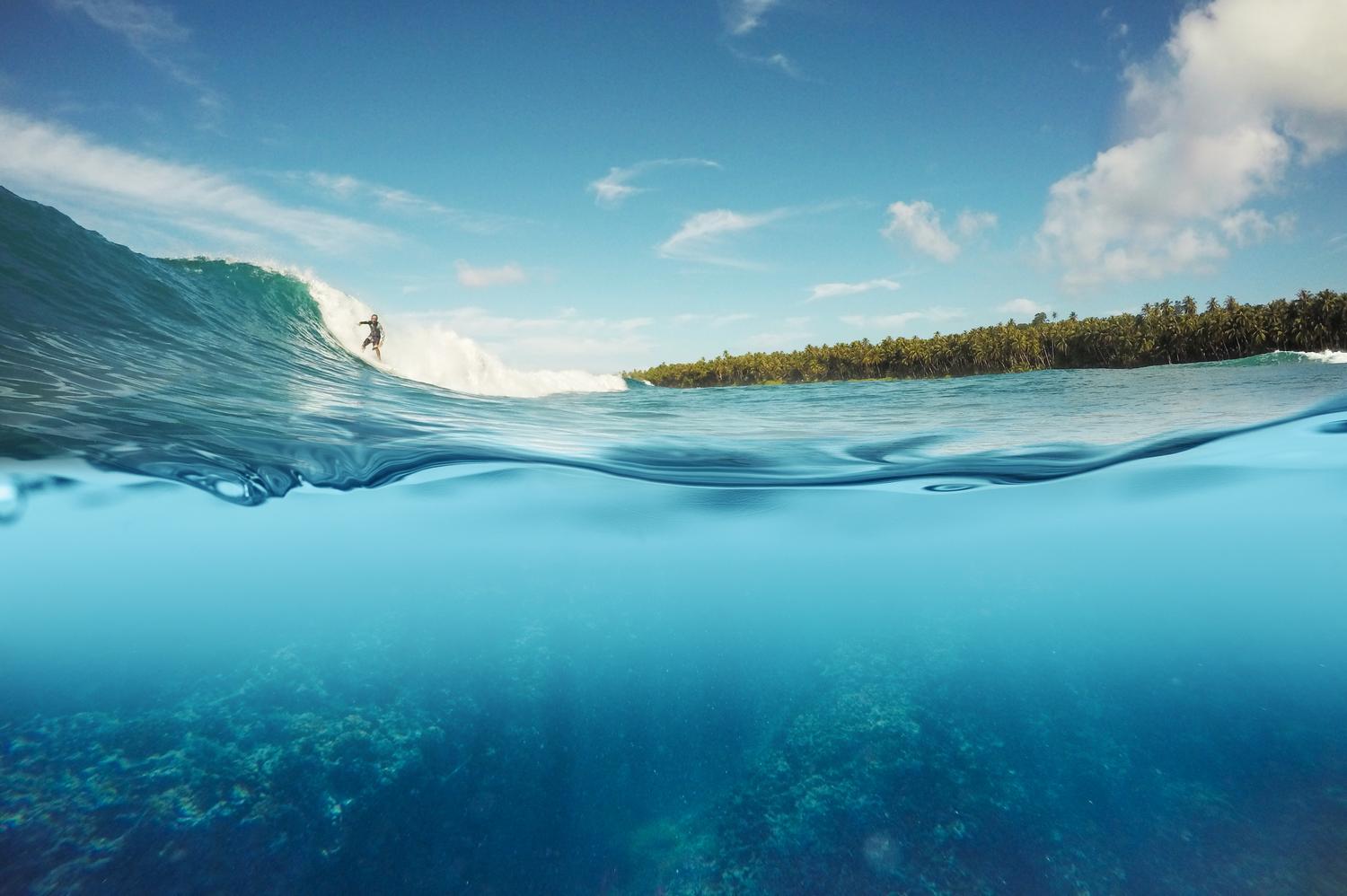Editor's note: News about conservation and the environment is made every day, but some of it can fly under the radar. In a recurring feature, Conservation News shares a recent news story that you should know about.
When a natural landscape hosts frequent human visitors, it’s rare for that place to remain unharmed; rarer still for it to be protected. But surf reserves — critical coastal ecosystems that overlap with outstanding surf breaks — are a reliable exception.
One such reserve, Arroyo San Miguel State Park on the Pacific coast of Mexico’s Baja California peninsula, earned its status as a 67-hectare (166-acre) conservation area with legal protections thanks to allies in the international surf community, writes Victor R. Rodríguez for Hakai Magazine.
Before it was established as a state park, San Miguel faced a range of challenges — from illegal landfills and port development projects to sand and rock extraction — that threatened to damage the area’s renowned waves.
But a yearslong campaign by a nonprofit, The Save the Waves Coalition, and their partners at Pronatura Noroeste and the Bahia Todos Santos World Surfing Reserve helped prove the worth of safeguarding the site. San Miguel is now protected from extractive activities and urban development as a world surfing reserve and the first state park in Baja California.
“The [surf] groups highlighted the services offered by the ecosystems — protection of endangered species, green space for the community — and the economic benefits of surf tourism,” Rodríguez wrote.
For the economically minded, the surfing industry is nothing to sneeze at. Conservation International estimates that surfing generates $50 billion a year for surf communities around the world — not to mention thousands of jobs. In San Miguel, surf tourism brings in up to $969,000 each year, according to Rodríguez.
Beyond their economic impacts, the coastal ecosystems that draw surfers are home to important, and often fragile, species of marine flora and fauna, particularly in coral reefs. Often, both the environment and the economies of these sites face many of the same threats: overfishing, deforestation, plastic pollution and unsustainable coastal development.
"More than 75 percent of the world's best surf breaks are found in areas that are critical for conservation," said Scott Atkinson, Conservation International's senior director of the Surf Conservation Partnership, a collaboration between Conservation International and the The Save the Waves Coalition. "And surfers, which number more than 35 million strong globally, are some of these ecosystems’ best advocates."
The Surf Conservation Partnership was created in 2019 to protect areas where world class waves overlap with biologically diverse marine and coastal ecosystems. Today, it works with partners in Costa Rica, Indonesia, Peru and Brazil and plans to expand to Fiji and other surf destinations soon.
In addition, the World Surf League, which governs professional surfing, has mobilized millions of surfers worldwide to encourage and support expansion of ocean conservation. Conservation International and Save The Waves are partnering with the league on their We Are One Ocean initiative to protect the ocean through coastal restoration, habitat conservation, reduction of plastics and more. This year, the league also provided financial support for conservation projects in the renowned surf breaks of Grajagan Bay, Indonesia and Playa Hermosa, Costa Rica.
Protecting quality waves for surfers has been proven to help conserve fragile marine species in the waters below, according to research co-authored by Conservation International and published last year.
“The proximity of surf breaks to areas with critical habitats and biodiversity creates a unique opportunity to implement a network of protected surf locations that will also support the survival of coastal ecosystems and the important species they harbor,” said Jack Kittinger, vice president of Conservation International’s Blue Production Program and a paper co-author — himself an avid, lifelong surfer.
“Those of us working in coastal and marine conservation have a few different strategies we can implement,” he wrote in an op-ed. “The two most fundamental ones involve putting in place strong fishing regulations or creating a marine protected area.”
Read the full story here.
Further viewing:
To help raise awareness of the importance of waves, Conservation International released “The Wave,” the newest addition to its award-winning “Nature is Speaking” series. The film is voiced by Aquaman actor, Hawaiian-native and ocean sustainability advocate Jason Momoa.
Correction: An earlier version of this story stated that 85 percent of the world's best surf breaks are found in areas that are critical for conservation. The correct amount is 75 percent.
Emma Cummings-Krueger is the media relations writer at Conservation International. Want to read more stories like this? Sign up for email updates. Also, please consider supporting our critical work.
